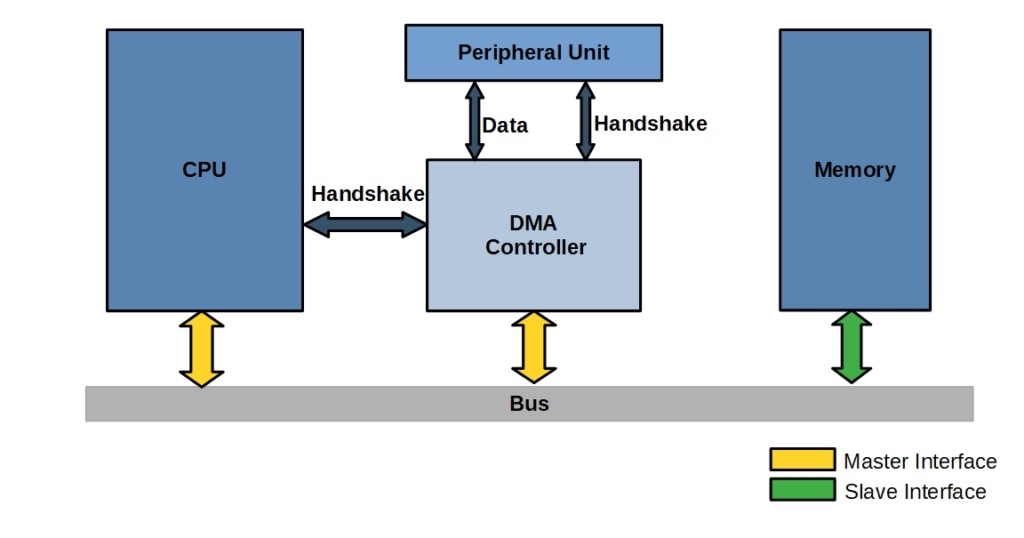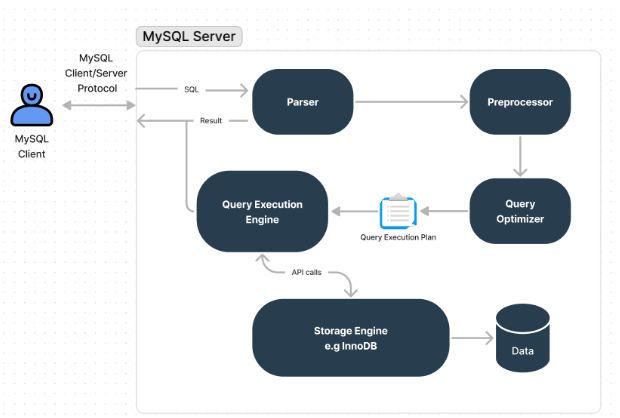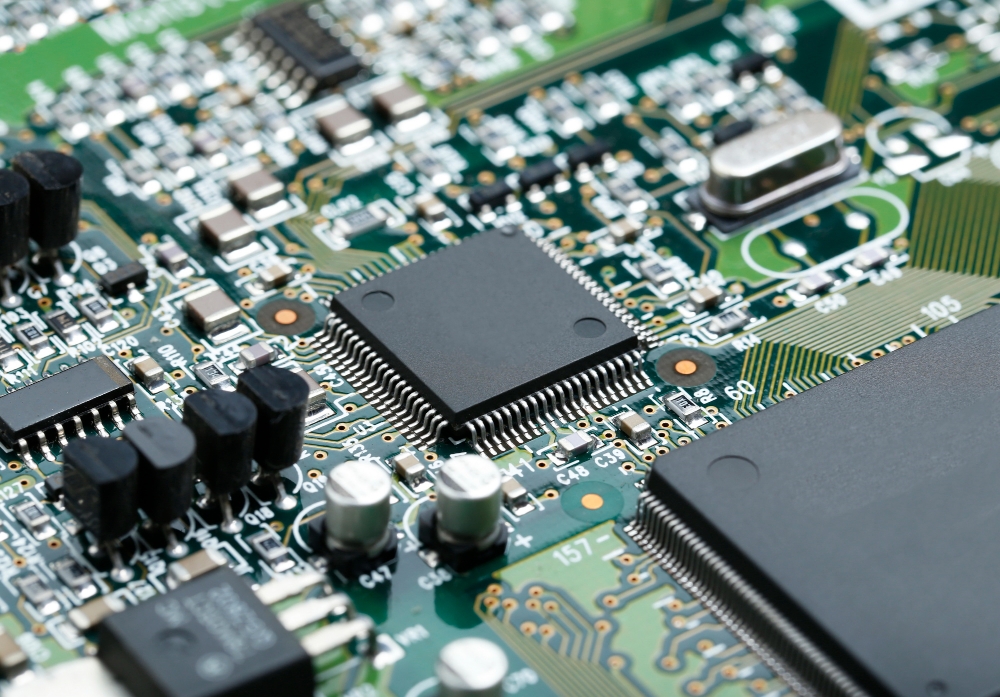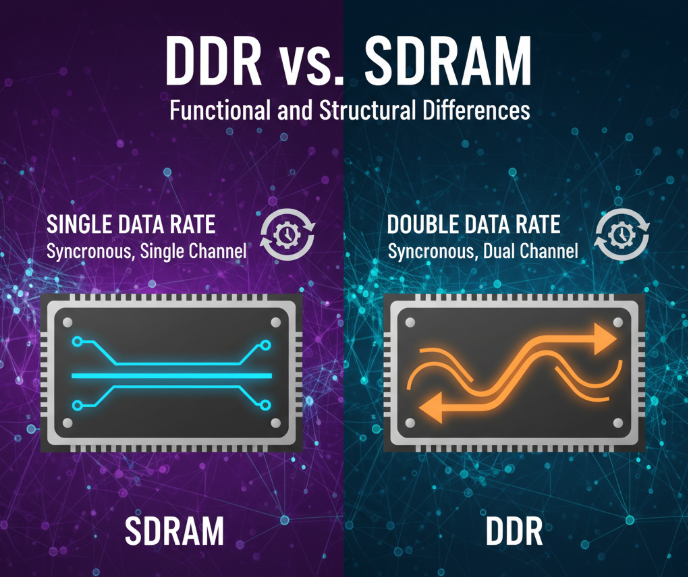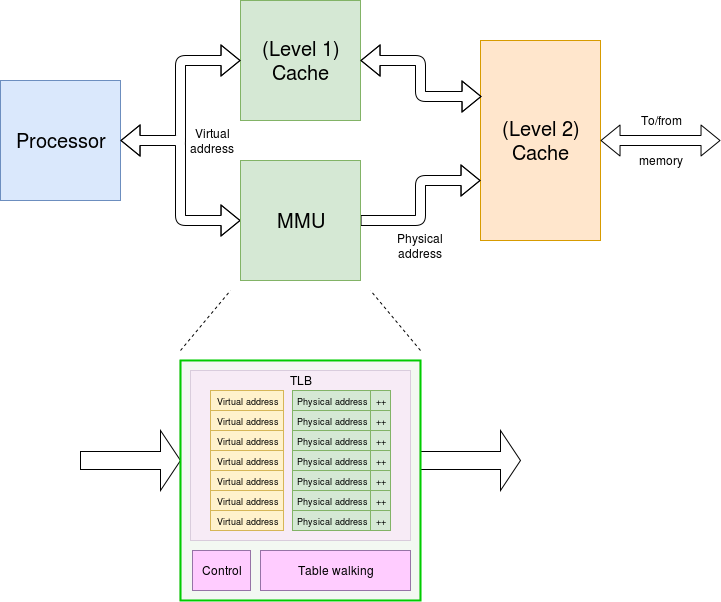Overview of Memory Types
Memory is broadly categorized into two types: RAM and ROM. This article focuses on ROM. Initially, ROM could not be programmed; its contents were fixed at the time of manufacturing. Later, Programmable ROM (PROM) was introduced, allowing users to write data once. However, mistakes during programming required replacing the chip entirely.
Erasable Programmable ROM (EPROM) followed, enabling multiple write cycles by erasing data under ultraviolet light. However, this process was slow and cumbersome, as erasing and reprogramming could take hours for minor changes.
The advent of Electrically Erasable Programmable Read-Only Memory (EEPROM) revolutionized ROM technology, allowing programmers to easily and repeatedly modify ROM contents through electrical signals, without physical removal or external erasing equipment.
Narrow Definition of EEPROM
In its narrow definition, EEPROM refers to a type of ROM that allows random access and modification of individual bytes. Data can be written as 0 or 1 to any specific bit, making it highly versatile. Key characteristics include:
- Non-volatile: Retains data even after power is turned off.
- Long lifespan: Can retain data for up to 100 years and supports up to 1 million erase/write cycles.
- High reliability: Suitable for small but critical storage needs.
However, due to its complex circuitry and higher cost, narrow-definition EEPROMs typically have capacities ranging from a few kilobytes to a few hundred kilobytes, with rarely more than 512KB.
Broad Definition of EEPROM
In a broader sense, EEPROMs include various electrically erasable ROM technologies, such as Flash memory. Flash memory differs from traditional byte-wise EEPROM in that it erases and writes data in blocks instead of individual bytes. This design simplifies circuitry, increases data density, and reduces costs, making Flash memory suitable for larger capacities.
Key Characteristics of Flash Memory
- Higher data density, allowing for storage capacities in megabytes or higher.
- Lower cost due to simplified circuitry.
- Block-based erasure and writing for improved efficiency in large-scale storage.
Types of Flash Memory
Flash memory is further divided into two main types: NOR-Flash and NAND-Flash.
1. NOR-Flash
NOR-Flash features separate data and address lines, allowing it to support random access similar to RAM. It enables reading any individual byte, though erasure must still be done in blocks. Key characteristics include:
- Supports byte-level random access.
- Typically used for small-capacity storage (2MB to 12MB).
- Higher reliability: Can endure more erase/write cycles compared to NAND-Flash.
- Commonly used in embedded systems to store boot code.
2. NAND-Flash
NAND-Flash combines data and address lines, reducing pin count and increasing data density. It reads data in pages and erases data in blocks. Key characteristics include:
- Higher storage density and lower cost compared to NOR-Flash.
- Faster erase and write speeds but slower read speeds than NOR-Flash.
- Typically used for large-capacity storage (e.g., file systems and kernels).
- Includes mechanisms to mark and bypass bad blocks, enhancing reliability for large-scale storage.
Flash Memory Applications
Flash memory is widely used in modern systems, with typical configurations including:
- Small-capacity NOR-Flash for storing bootloaders and critical code in embedded systems.
- Large-capacity NAND-Flash for storing file systems, kernels, and multimedia data.
This hybrid approach leverages the strengths of each type of Flash memory to optimize performance, cost, and reliability.
 ALLPCB
ALLPCB


